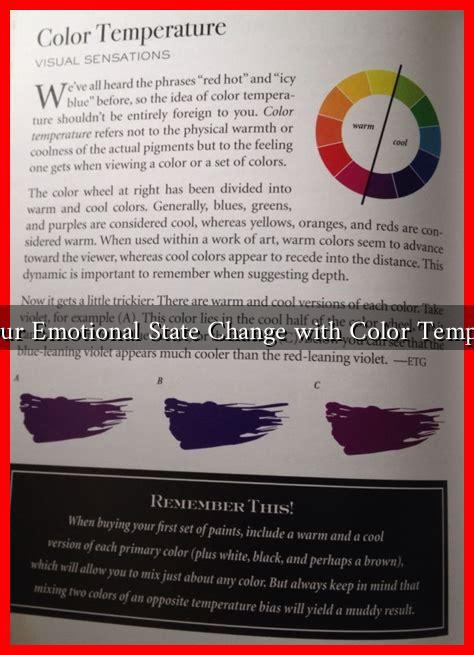-
Table of Contents
Does Our Emotional State Change with Color Temperature?
Color temperature, a term often used in photography and lighting design, refers to the warmth or coolness of a light source, measured in Kelvin (K). It plays a crucial role in how we perceive our environment and can significantly influence our emotional state. This article explores the relationship between color temperature and emotions, backed by research, examples, and case studies.
The Science Behind Color Temperature
Color temperature is categorized into two main types: warm and cool. Warm light (below 3000K) emits a yellowish hue, reminiscent of sunrise or sunset, while cool light (above 5000K) has a bluish tint, similar to daylight. The psychological effects of these color temperatures can be profound.
How Color Temperature Affects Emotions
Research indicates that different color temperatures can evoke various emotional responses. Here are some key findings:
- Warm Light: Associated with comfort, relaxation, and intimacy. Studies show that warm lighting can lower stress levels and promote feelings of happiness.
- Cool Light: Linked to alertness, focus, and productivity. Cool lighting can enhance cognitive performance and is often used in workspaces to boost efficiency.
For instance, a study published in the journal *Environmental Psychology* found that participants exposed to warm light reported higher levels of relaxation and lower levels of anxiety compared to those in cool light environments. This suggests that the emotional state can indeed shift based on the color temperature of the light surrounding us.
Case Studies: Real-World Applications
Several industries have harnessed the power of color temperature to influence emotional states effectively:
- Healthcare: Hospitals often use warm lighting in patient rooms to create a calming atmosphere, which can aid in recovery. A study by the *Journal of Environmental Psychology* found that patients in warm-lit rooms reported less pain and anxiety.
- Retail: Stores frequently utilize warm lighting to create an inviting environment, encouraging customers to linger and make purchases. Brands like Starbucks have mastered this technique, using warm tones to foster a cozy ambiance.
- Workspaces: Many modern offices are designed with adjustable lighting systems that allow employees to choose between warm and cool light. Research from the *American Psychological Association* indicates that employees in well-lit environments are more productive and satisfied with their work conditions.
Statistics on Color Temperature and Emotional Response
Several studies have quantified the impact of color temperature on emotional states:
- A survey conducted by the *Lighting Research Center* found that 70% of participants felt more relaxed in warm lighting compared to cool lighting.
- According to a study by *Harvard Business Review*, employees working in environments with adjustable color temperatures reported a 20% increase in productivity.
These statistics highlight the significant role that color temperature plays in shaping our emotional experiences and overall well-being.
Conclusion: The Emotional Spectrum of Light
In conclusion, our emotional state is indeed influenced by color temperature. Warm lighting fosters relaxation and comfort, while cool lighting enhances alertness and productivity. Understanding this relationship can help us create environments that promote well-being, whether at home, in the workplace, or in public spaces. As we continue to explore the psychological effects of light, it becomes increasingly clear that the colors we surround ourselves with can profoundly impact our emotions and behaviors.
For further reading on the effects of lighting on mood and productivity, consider visiting the Lighting Research Center.

